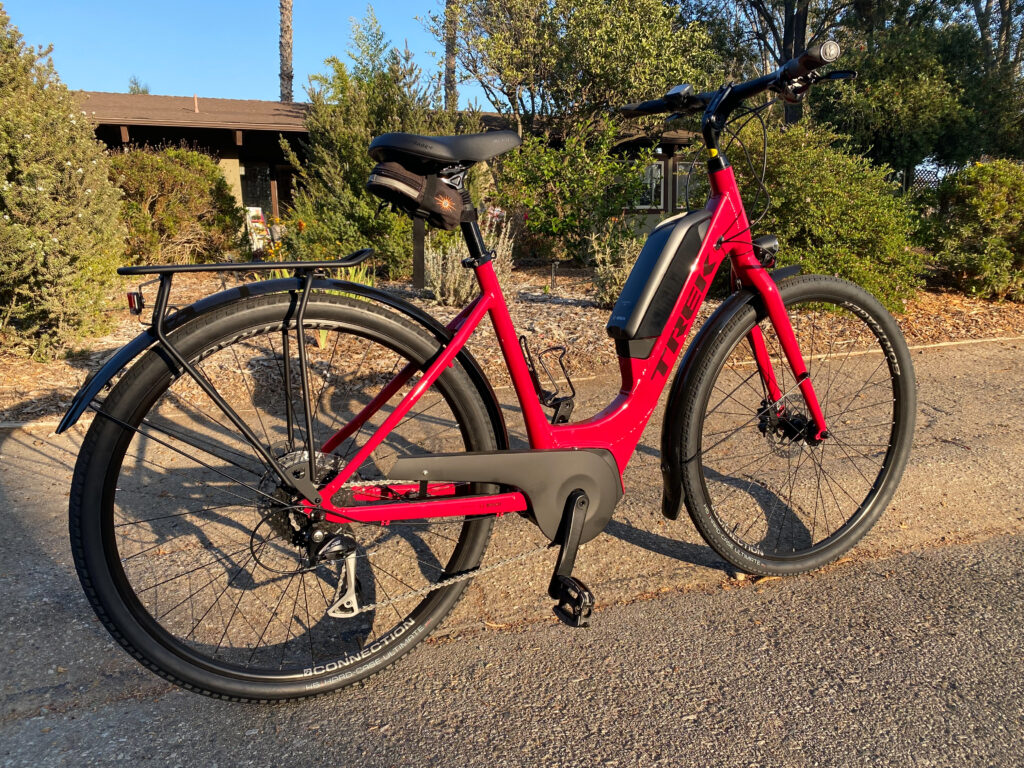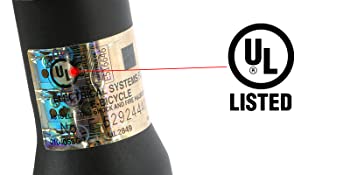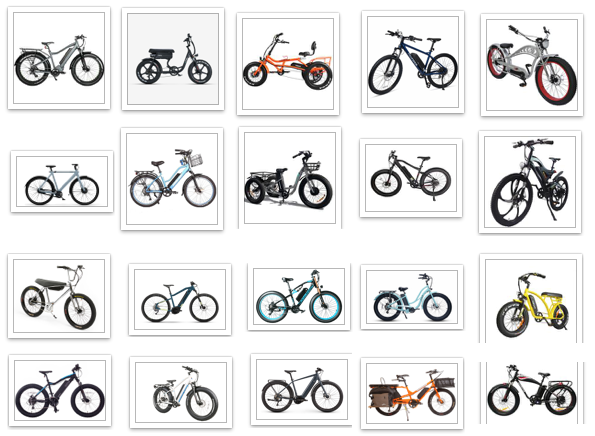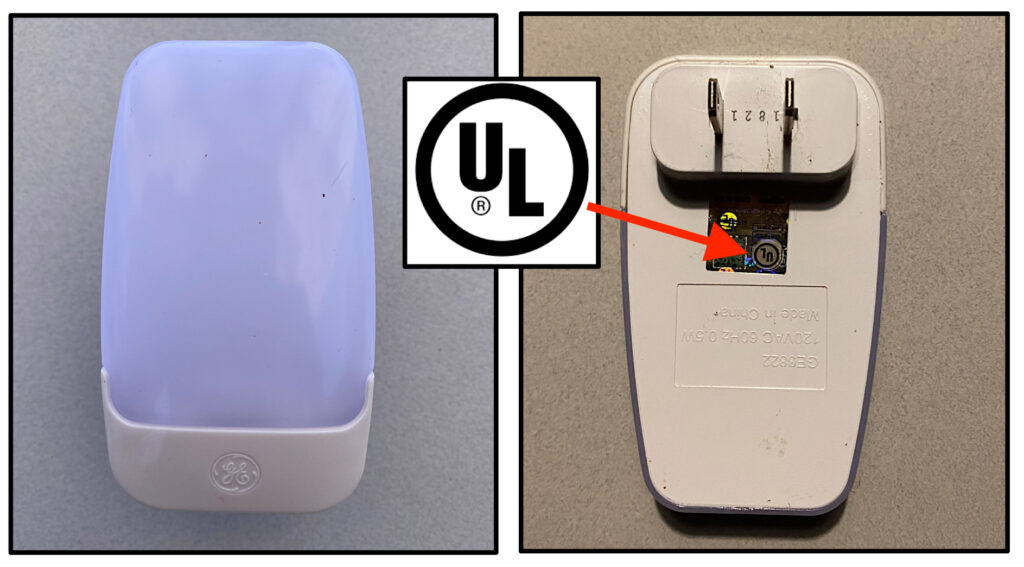I get downhearted and disgusted posting so many stories about e-bike battery fires. These events include fatalities and loss of personal property into the millions of dollars. Unfortunately, this burden seems to rest on my humble shoulders. I don’t know of anyone else shinning a light on one of the e-bike industry’s most guarded dirty secrets.
Ranting about the fire potential lurking in every e-bike is frustrating because I don’t see a viable solution to the problem. I pass along tips for reducing the chances of an e-bike battery fire and limiting damage, but this always felt more like a bandaid than a cure. That is, until now.
THIRD-PARTY ACCREDITATION
Underwriters Laboratory (UL) is like your favorite chemistry teacher who explains how to conduct an experiment without blowing yourself up and then patiently watches over your shoulder to make sure you follow directions. It really is that simple and here is how it works.
UL sat down with a number of respected players in the e-bike game and came up with the Underwriters Laboratory (UL) 2849 standard for e-bikes and e-bike batteries. Simply put, the standard “offers electrical and fire safety certification by examining the electrical drive train system, battery system and charger system combinations.”
The Herculean task of finding consensus between multiple parties might only be achieved by a company with a 127-year-track record, but UL doesn’t stop there. Once they got the agreement of everyone in the room, the company’s own labs and technicians certify that the submitted e-bike meets the standard. To keep everyone honest, they conduct random and unannounced spot checks on production e-bikes and batteries.
What does that mean to you? Look for the UL logo on your next e-bike purchase. The logo assures you that the e-bike is certified by a third party to meet established electrical and fire safety standards. It also signifies that the company selling you the new bike respects their customers.
This certification adds cost to an e-bike company (and the consumer), so the e-bike industry has yet to widely adopted UL 2849. But I’m optimistic e-bike companies will accelerate the use of UL 2849 (and that fires will decrease). Why so optimistic? The e-bike industry is over-heated (no pun intended) by competition. A company may feel that adding any expense puts them at a competitive disadvantage (especially since the industry has been so successful keeping e-bike fires under the radar). Still, the brands who see UL 2849 as value added, not a cost, will immediately stand out from the competition, appealing to riders who want the assurance that the e-bikes in their home do not pose an extreme fire threat.
The less attractive scenario is for tragedy to strike (again), forcing government regulators to step in and ban the sale of e-bikes that do not meet the UL 2849 standard. If the nightlight in your bathroom is required to meet an electrical safety standard, why shouldn’t your e-bike?
Easy Choice: Narrowing our e-bike buying decision from thousands of models to the Trek Verve was easy. This model, powered by Bosch, is UL certified. Why would you spend more (or less) on an e-bike that isn’t third-party certified? By the way, Gail loves her new ride.
Look for the label: Detaching the battery from the Trek Verve reveals the UL Certified logo. This logo is not purchased by Trek or Bosch, it is earned. This certification should give every new e-bike owner peace of mind. Even with the added assurance from Trek, we always charge the battery in an open area and it is never left unattended.
Updated logo: The UL Certified logo has recently been updated to an anti-counterfeit UL Holographic label. The UL Certified holographic label makes it harder for e-bike companies who might try to mislead their customers by using a printed logo on a bike that has not earned certification. This sticker is on a Ecotric Rocket Fat Tire Beach Snow Electric Bike.

Fire sale: It’s all fun and games until you burn your home down. The e-bike sales gold rush includes companies who have never manufactured bicycles or worked with electrical equipment. And let’s not get started on crowdfunded e-bikes. Spending a little more for a UL Certified e-bike is a wise investment.
Reassuring logo: Check out electrical appliances in your home and chances are you’ll find the UL logo (like in our hallway nightlight). You can gamble on your next e-bike purchase or you can bet on a sure thing. Get a bike that carries the UL logo.
UPDATE 9/9/21: StreetsBlog NYC posted a story that sheds more light on the dangers of exploding e-bike batteries and the importance of adopting the UL 2849 e-bike standard. I have only one disagreement with the story. The article suggests that the problem is due to “people buying cheaper, poor-quality batteries that more easily catch fire.” In reality, the problems are not limited to inexpensive e-bikes. Pedego recalled every e-bike sold from 2010 through 2013 due to possible battery fires (those bikes sold for $2000 to $3000) and more recently, Specialized recalled batteries used from 2016 through 2021 in three of their multi-thousand dollar e-bike models.
